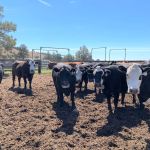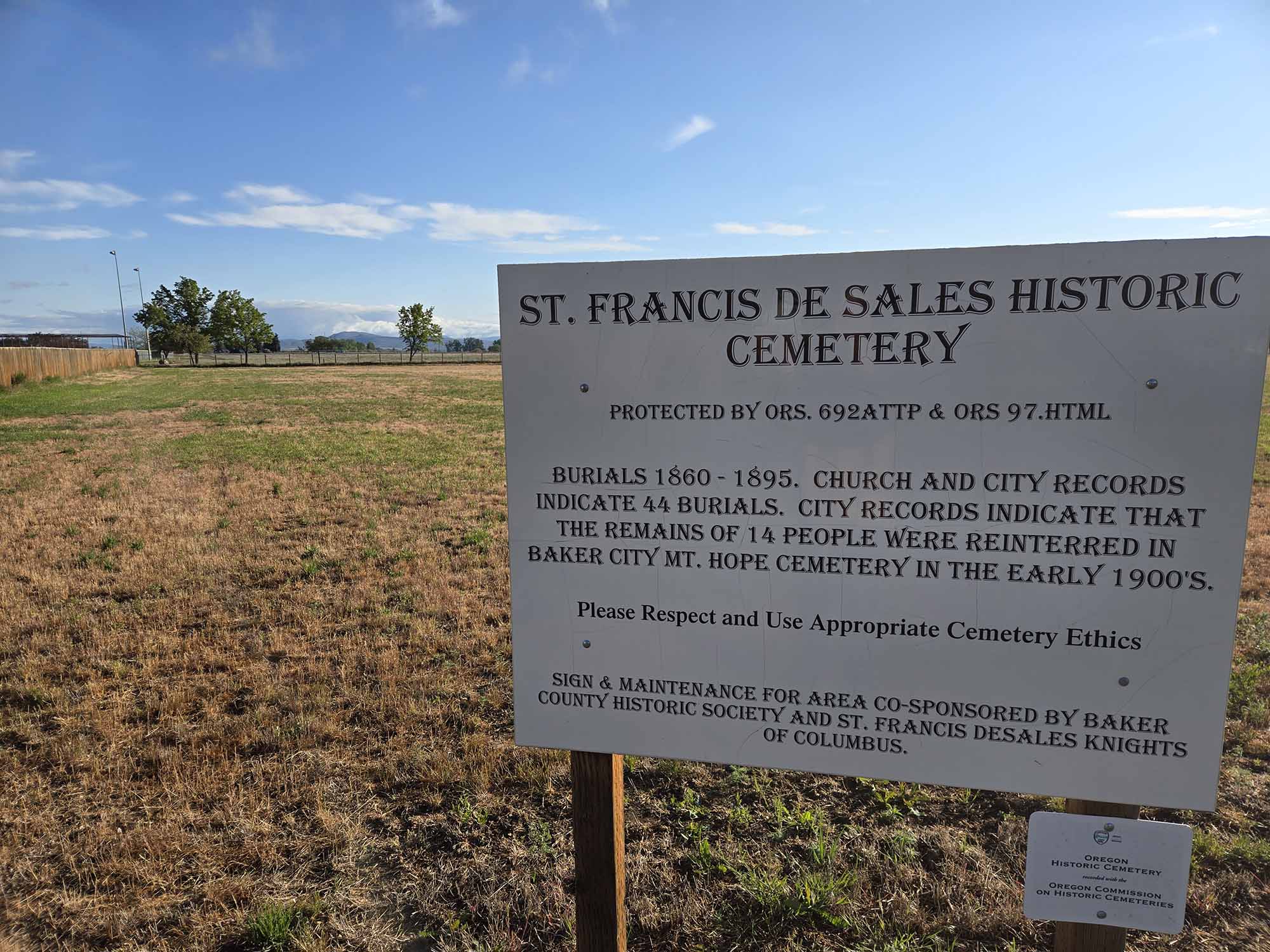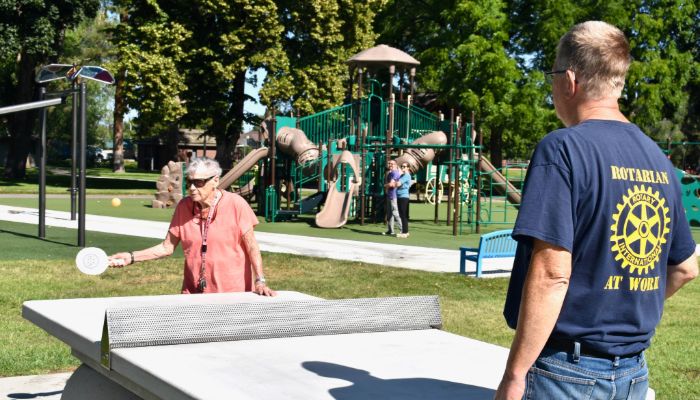Virtual fencing pilot project could help ranchers recover faster from 2024 wildfires
Published 10:13 am Wednesday, April 30, 2025


A $106,000 grant from an Oregon Lottery-funded program will help pay for a large-scale experiment in using “virtual fencing” for cattle in an area burned by one of Eastern Oregon’s major wildfires in the summer of 2024.
The Oregon Watershed Enhancement Board on April 22 awarded a grant to the Gilliam Soil and Water Conservation District.
The pilot project is within the area burned by the Lone Rock fire, a 137,000-acre blaze in parts of Gilliam, Wheeler and Morrow counties.
Trending
The total project area covers about 177,000 acres, which would be the biggest virtual fencing pilot project in Oregon, said Dallas Hall Defrees, regenerative ranching program director for Sustainable Northwest, one of the partners in the state grant.
Here’s how virtual fencing works:
Solar-powered towers that use GPS satellites broadcast a signal that creates a grazing area custom-designed by a rancher.
Cattle are fitted with a collar that emits a progressively louder noise, and then a mild electric shock that doesn’t harm the animal, as it approaches the virtual fence boundary.
Herb Winters, district manager for the Gilliam Soil and Water Conservation District, based in Condon, said virtual fencing can be used with herds of cow-calf pairs, which are common in Eastern Oregon. Only the mother cow needs to be fitted with a collar, Winters said.
The state grant will allow the Gilliam district to expand a virtual fencing pilot project that started even while the ground burned by the Lonerock fire was still cooling, Winters said.
Trending
District officials and local ranchers have been talking about the technology for the past few years, and virtual fencing was the topic of a few presentation at district meetings, he said.
The flexibility was particularly attractive — cattle didn’t need to be confined to wherever a fence could be built.
“It seemed like a really great tool if we could get some local ranchers to try it,” Winters said. “It could be a game changer. It’s all pretty exciting.”
Then came the Lonerock fire.
The blaze, which started July 13, 2024, not only scorched tens of thousands of acres of grazing land, both private and public, that ranchers depend on, but the flames destroyed or severely damaged more than 1,100 miles of barbed wire fencing that define grazing area boundaries.
The estimated cost to replace the fencing exceeds $25 million, Defrees said.
Nor is cost the only challenge, Winters said.
“It would take years to build all this fence,” he said.
Virtual fencing, by contrast, can be set up in just a few days, including time to fit collars to cattle and “train” the animals.
Winters said the fire turned virtual fencing from an interesting concept to a potential, if partial, solution to a pressing problem as ranchers scrambled to find forage for their herds.
“They came to us,” he said. “Our team went to work looking for grant opportunities.”
In little more than a month last fall, the Gilliam Soil and Water Conservation District secured a $75,000 grant from the Ford Family Foundation, and $150,000 from the Gilliam County Court, to buy 10 virtual fencing towers, Winters said.
The district deployed two towers briefly last fall to help ranchers move cattle to areas that hadn’t burned but which lacked fencing, he said.
The recent state grant will allow the district to expand the pilot project this spring and summer, Winters said.
The goal is to set up all 10 of the district’s virtual fencing towers.
Winters said his goal is to have as many as 800 cow-calf pairs grazing within virtual fencing this year.
Three towers were deployed as of April 30, and Winters said the plan is to install one or two more towers every two weeks or so.
Benefits of virtual fencing
Besides the aforementioned cost, virtual fencing has other advantages over physical fences, Winters said.
The ability to design a grazing area of any dimension is especially helpful following a blaze such as the Lonerock fire, which scorched the grass in some places but left others lightly burned or unburned, he said.
In this sort of mosaic, ranchers will need to keep cattle away from burned areas for a year or longer to allow grass to recover, Winters said.
Unburned areas, meanwhile, could be grazed this year.
Virtual fencing, unlike physical fences, can segregate burned from unburned areas, and allow cattle to return to places within the Lonerock fire’s footprint, Winters said.
“This project will allow our local, family-owned ranches to get their cattle back on the land and stay in business, while keeping cows away from sensitive areas like rivers and streams,” he said. “It also makes it easier for ranchers to rotate cattle to different pastures at different times, which is better for the land and the cows.”
Winters said Gilliam County ranchers who have tried virtual fencing were “really pleased” with the technology.
In addition to helping them find places for their cattle to graze, the tracking collars allow ranchers, from their computer or cellphone, to see where their animals are at all times,” Winters said.
Other potential pilot projects
Kyle Waggoner, district manager for the Umatilla County Soil and Water Conservation District, said he is working on an application for a grant from the Oregon Watershed Enhancement Board for a similar virtual fencing pilot project in the Camas Valley area near Ukiah, where the Battle Mountain Complex fires burned last summer.
The goal is to buy four solar-powered towers, Waggoner said.
He said he has talked with officials in Gilliam County about their pilot project.
Defrees, from Sustainable Northwest, said she hopes the information gleaned from the Gillam County project will lead to wider use of virtual fencing, including in places such as Baker County that also had major wildfires in 2024.
Defrees grew up on a ranch in Sumpter Valley.











